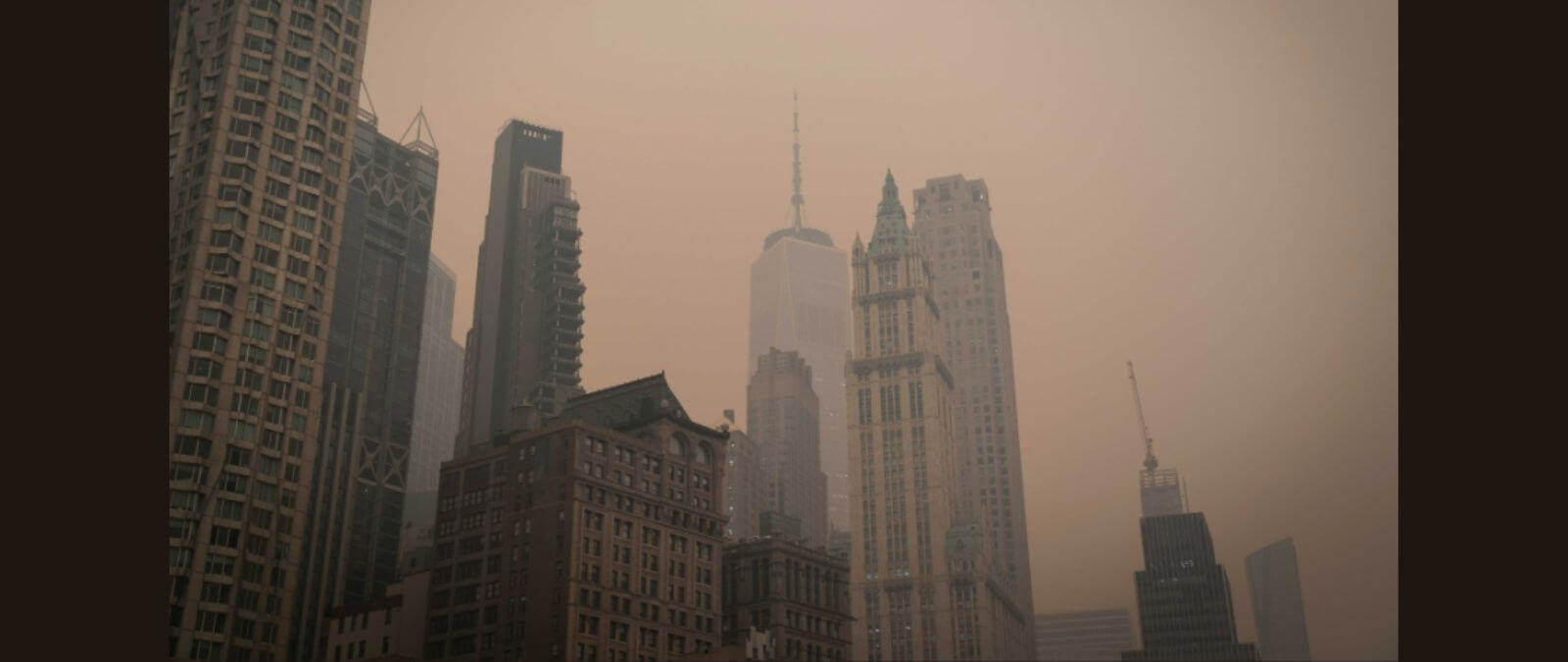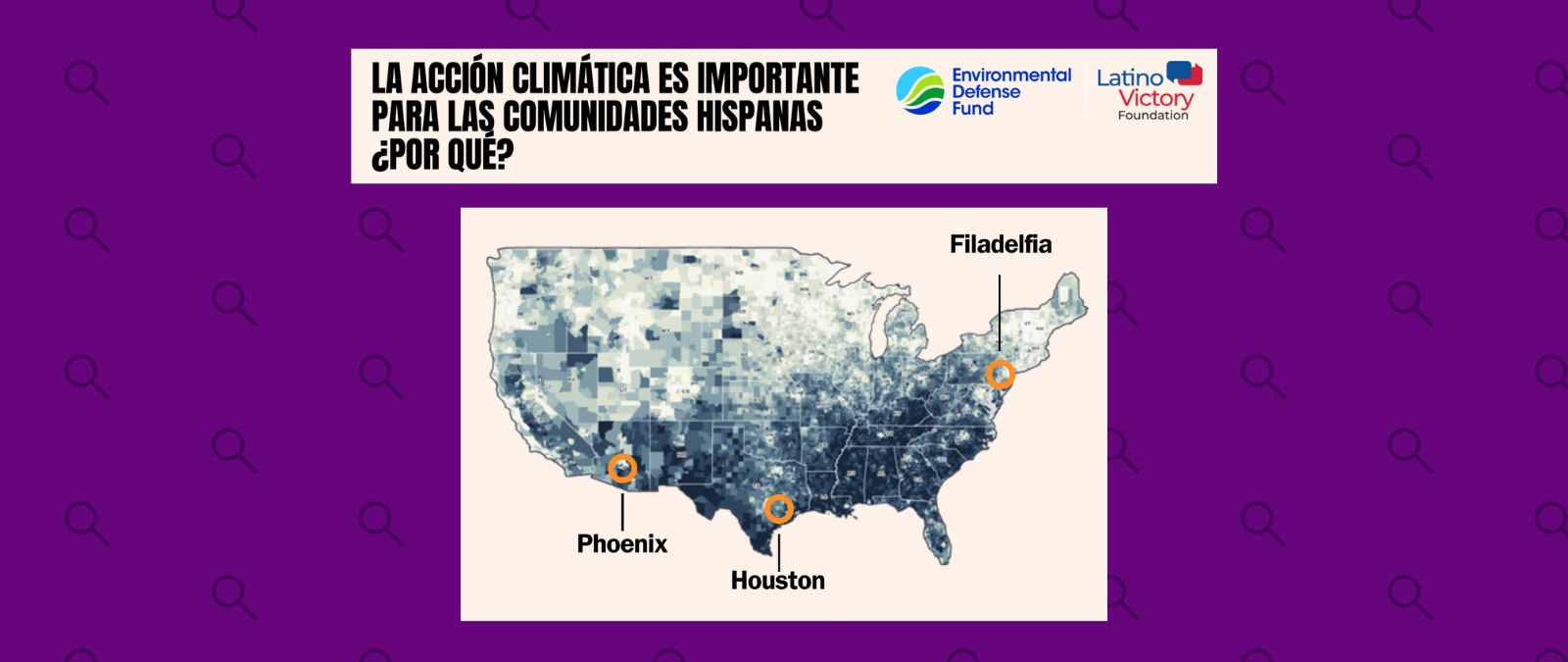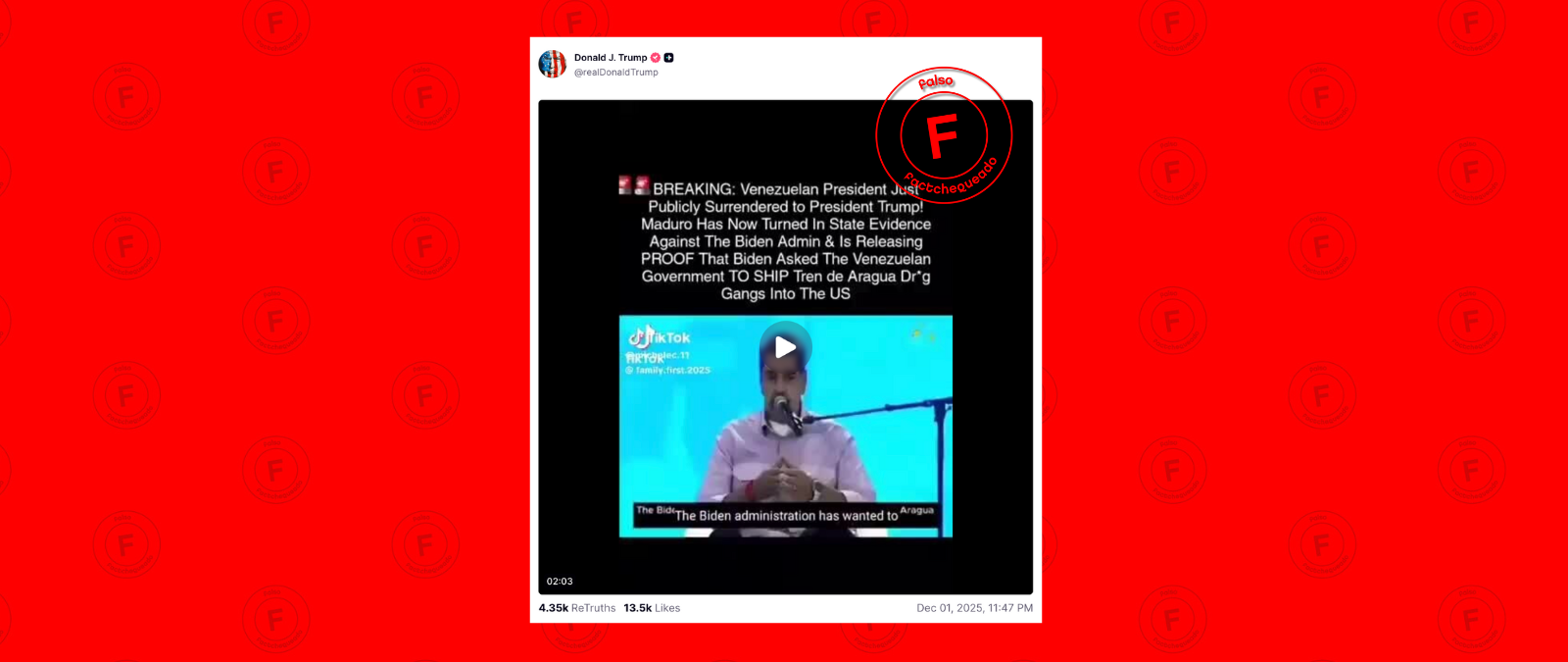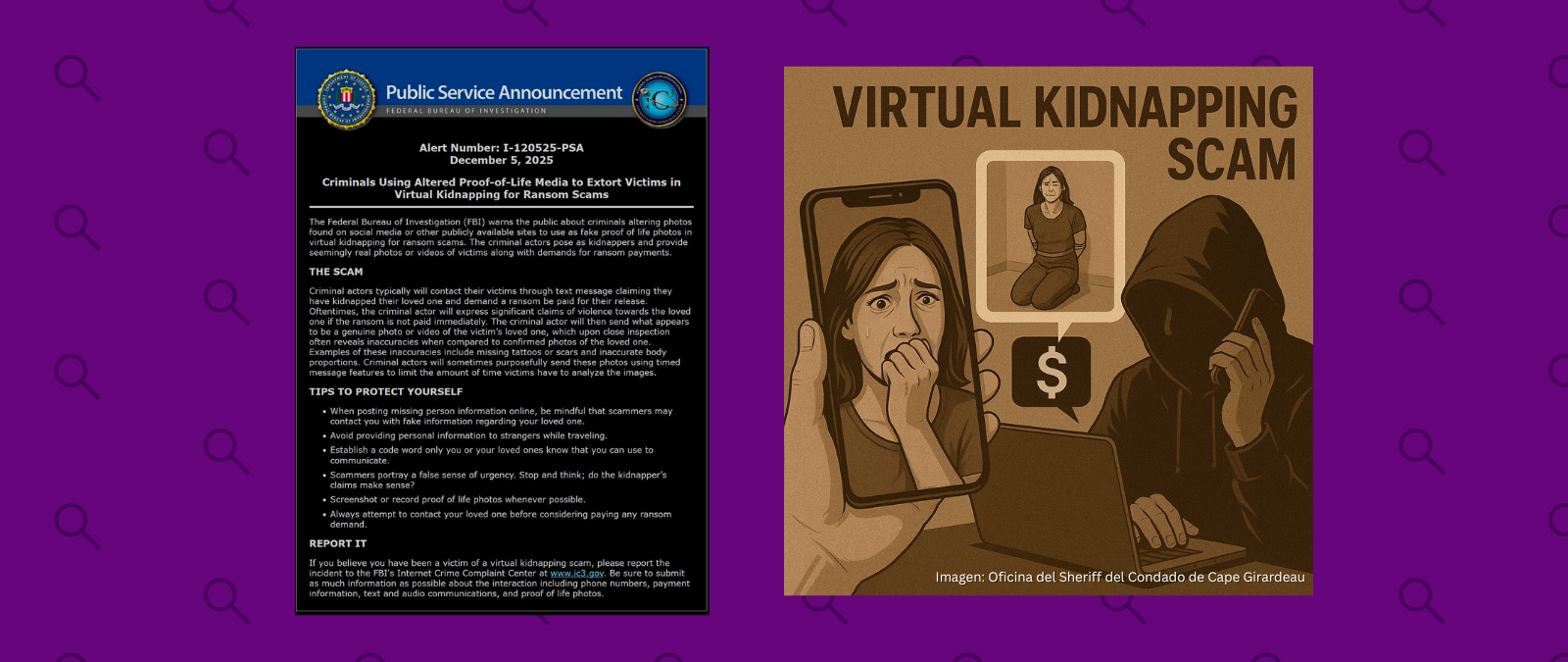There are more than 400 active fires in Canada, as of June 6, 2023, according to the Canadian Interagency Wildland Fire Center. The smoke has reached much of the northeastern United States. As of June 7, 2023, New York City’s air quality was at times worse than Delhi, (India), Hanoi (Vietnam), and Dhaka (Bangladesh), according to the IQAir global quality index. Air quality has also been “unhealthy” in some states including North Carolina, Pennsylvania, Ohio, Michigan, Maryland and New Jersey, according to the Environmental Protection Agency (EPA). We explain that we know about it and how to avoid breathing the smoke to prevent possible health damage.
If you want to check the air quality in a specific place, you can use this search engine from the EPA, the environmental protection agency, and enter a zip code, city or state. With this map, you can get a more general view of air quality in different areas of the United States.
From New York to North Carolina: those affected by smoke
The York State Department of Environmental Conservation has issued an air quality health advisory for Long Island, the New York metropolitan area, Eastern Lake Ontario, Central and Western New York Regions.
Eric Admas, mayor of New York, said in a statement that on June 7 the City’s schools would be open that day and encouraged all students to attend, but explained that they would not carry out outdoor activities, according to the newspaper The New York Times. “We encourage all New Yorkers to limit outdoor activity to the greatest extent possible,” he said.
“[The Smoke] is going to be here for a while,” Bryan Ramsey, a meteorologist with the National Weather Service in New York, told the New York Times. Conditions are likely to improve this Wednesday (June 7), he says, before another layer of smoke descends on the East Coast in the afternoon.
All of North Carolina is under a red or orange alert for air quality on June 7, the state Department of Environmental Quality warned in a statement.
“The red alert covers much of central North Carolina, including the Charlotte, Triangle, and Triad regions,” the agency says. This alert “represents unhealthy air quality for everyone.”
The Department of Environmental Quality expects the rest of the state to reach the orange alert level. “ Sensitive populations, including older adults, younger children, and people with respiratory problems such as asthma, may experience health impacts when outdoors for prolonged periods,” it adds.
Among the states that as of June 7 have cities with air quality considered unhealthy, on the map prepared by the EPA, there are also some such as Pennsylvania, Ohio, Michigan, Maryland or New Jersey.
Difficulty breathing, coughing, and other possible health effects of smoke
Smoke from forest fires is made up of a mixture of gas and small particles released by burning vegetation and other materials. Breathing air can have immediate health effects, according to the CDC, the disease control agency.
Several studies associate forest fires with an increase in visits to emergency services for respiratory problems. Smoke can cause coughing, shortness of breath, burning eyes, throat irritation, runny nose, chest and headache, tiredness, rapid heartbeat, and asthma attacks.
It can also aggravate chronic heart and lung disease, as the CDC notes. In fact, wildland firefighters are at increased risk of mortality from lung cancer and cardiovascular disease, according to a study published in the journal Environmental Research.
How to avoid breathing smoke from a fire
To reduce the harmful effects of fires on health, it is best to avoid breathing the smoke. “Pay attention to messages issued by public health authorities and take additional safety precautions, such as avoiding being outdoors,” the CDC says.
To keep smoke out of your home, it’s best to choose a room isolated from outside air and keep doors and windows closed. To keep indoor air pollution from increasing, the CDC advises avoiding smoking and vacuuming, as doing so can move particles around the home. “If smoke concentrations are high, do not light anything that burns, such as candles or the fireplace,” they add.
The New York State Department of Environmental Conservation urges you to take some steps to save energy and reduce pollution:
- Using public transport instead of driving, since “car emissions account for around 60% of the pollution in our cities”.
- Turn off all lights and electrical appliances in unoccupied areas.
- Use fans to circulate air. “If air conditioning is necessary, set the thermostat to 78 degrees F,” he adds.
- Close blinds and curtains to limit heat buildup and preserve fresh air.
- Limit the use of electrical appliances.If necessary, he suggests using appliances like dishwashers, dryers, pool pumps, and water heaters off-peak (after 7 PM). These would include dishwashers, dryers, pool pumps, and water heaters.
When smoke from a fire can travel great distances
Hundreds of wildfires have been burning in eastern Canada for weeks. Sometimes the smoke caused by a forest fire can travel long distances to reach different provinces or countries. This is what has happened in this case.
There are some conditions that influence the smoke from a fire to reach great distances, as Maldita.es, co-founder of Factchequeado, explains in the note. In the first place it depends on the extent of the fire: in principle, a small fire would not smoke with that expansion potential. But above all it depends on the wind that is in high levels and medium levels of the atmosphere, along with its direction and intensity.
An example of a fire perceived from different continents took place in January 2020, when the smoke produced by the fires in Australia reached Chile, according to the Chilean meteorological service. On this occasion, the column of smoke traveled more than 10,000 kilometers. And, in 2016, the smoke from the fire in Fort McMurray (Canada) traveled across the Atlantic Ocean until it reached the north coast of the Iberian Peninsula.
Factchequeado is a fact-checking publication that builds a Spanish-speaking community to counter misinformation in the United States. Do you want to be a part? Join and verify the content you receive by sending it to our WhatsApp + 16468736087 or to factchequeado.com/whatsapp.
You can also read:
Qué hacer antes, durante y después de un incendio forestal y cómo preparo un plan de evacuación









